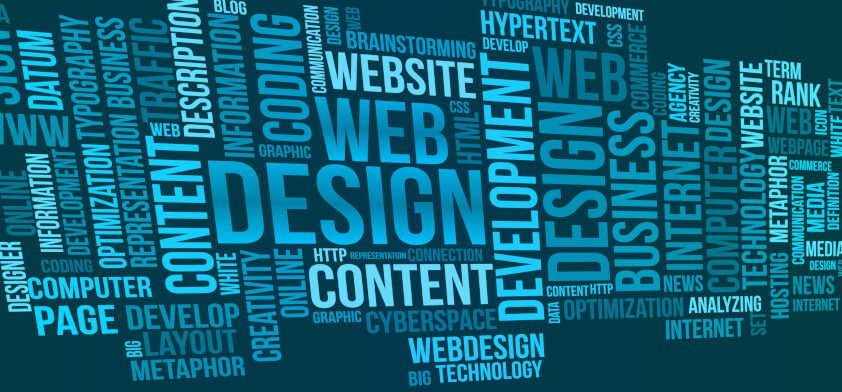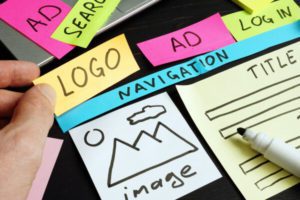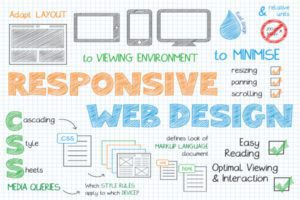A user-friendly website will help more users access your webpage. The quality of your business’ web design will determine your online presence. Before you get started, it’s important to have an understanding of web design terms. We’ve created a list of some terms you should know to help your website development process.
Top Web Design Terms
1. Wireframe
The structure and content of a webpage in a visual guide without web design elements included.
2. Site Map
A ranked blueprint of web pages and content. This is one of the first steps taken for a redesign to determine what is needed for the website.
3. User Experience
User experience is the interaction the user has with the site. The goal is to increase the user’s satisfaction and ease of navigation.
4. Slider
A slideshow of images on a website that highlights different content within the site.
5. Registrar
An organization that is responsible for assigning and reserving domain names for businesses.
6. Navigation
The directional web design elements on a website to guide the user through the site. Typically used as a menu bar on the top of the webpage.
7. Landing Page
A landing page is where users are brought to after clicking a search result, email, or ad. This page is different from the homepage and encourages the user to take action.
8. Page Speed
The time it takes to load all the information on a webpage. Having quick page speed is important for user experience.
9. Hosting
The web server provides space on the internet where your website is stored and maintained.
10. Domain
The text name that maps out the numeric IP address users search in the browser. The domain name is managed by registrars.
11. Accessibility
Is having a website that is accessible for people with disabilities. All websites should follow the Web Content Accessibility Guidelines to provide equal access and opportunities for people with varying abilities.
12. Caching
A temporary data storage tool that stores relevant information on the user’s computer to increase site speed.
13. Cookies
Cookies are small text files from a website that is stored on the user’s computer. Cookies provide information on who visits the site, what pages are visited, and track the users’ preferences.
14. JavaScript
It is a dynamic programming language used to create and organize content on a webpage.
15. Responsive Design
A web design that adjusts the appearance of a website to fit the user’s screen.
Understanding these web design and development terms can help boost your business’ website outreach. If your business needs help creating a website with a well-developed web design contact the Fat Guy Media team!




